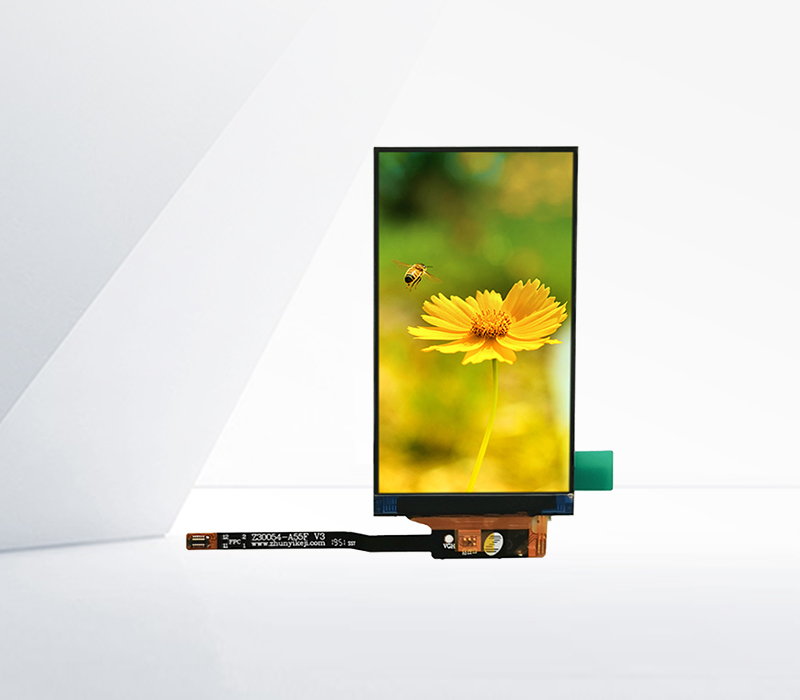




USB - interface liquid crystal displays have revolutionized the way we interact with display devices, offering simplicity, versatility, and convenience. The integration of a USB interface in LCDs eliminates the need for complex video cables and power adapters, making the setup process extremely straightforward. With just a single USB cable, users can not only transmit video signals but also power the display, reducing cable clutter and simplifying the overall installation.
These displays are highly adaptable and can be easily connected to a wide range of devices, including laptops, desktops, tablets, and even some smartphones. This makes them an excellent choice for various applications, such as extending the display of a laptop for increased productivity, creating a secondary monitor for multitasking, or serving as an external display for digital signage. The USB interface also enables plug - and - play functionality, allowing the display to be recognized and configured automatically by the host device without the need for additional drivers in many cases.
In terms of performance, USB - interface LCDs are available in different sizes and resolutions to meet diverse user requirements. They can support high - definition video playback, making them suitable for watching movies, playing games, or working on graphic - intensive tasks. Some advanced models also offer features like touch - screen functionality, which further enhances user interaction. The use of USB technology also allows for easy firmware updates, enabling manufacturers to improve the display's performance, add new features, and fix any bugs over time.
Moreover, USB - interface LCDs are energy - efficient, drawing power directly from the USB port. This not only reduces the energy consumption of the display but also makes it possible to use the display in portable or battery - powered devices, expanding its range of applications.
